White Gold or Yellow Gold?
White Gold or Yellow Gold
Choosing Between White and Yellow Gold
When selecting gold jewellery, the choice often boils down to personal style, current fashion trends, and a preference for colour, particularly the choice between yellow and white gold. Each type offers its own unique blend and appearance, making it important to understand how they differ, especially in terms of how they pair with various precious stones. The varied hues of gold, from the classic yellow to the sleek white, are the result of mixing pure gold with different alloys. This creates a range of options that cater to different tastes and occasions.
So, what makes gold shine in such a variety of colours, and how do we figure out which hue holds more value?
The Colours of Gold
Yellow gold, with its luminous, sun-kissed hue, is the quintessential colour of gold, representing the elemental beauty and purity of this precious metal. Pure gold, known as 999 gold jewellery for its 99.9% gold content, boasts the most vibrant yellow colour, embodying the richness and warmth often associated with gold. To enhance its strength and durability for everyday wear, yellow gold is commonly alloyed with metals such as zinc, silver, copper, palladium, and nickel. These alloys not only contribute to the gold’s hardness, making it more resistant to bending and scratching, but they also allow for subtle variations in colour. The addition of silver and copper, for example, maintains the yellow hue while increasing strength, whereas the inclusion of palladium or nickel can slightly alter the colour, offering a spectrum of yellow tones. This meticulous blending ensures that yellow gold retains its classic beauty while becoming more practical for jewellery.
Rose gold, on the other hand, has emerged as a modern favourite amongst women for its distinctive warm glow that flirts with both pink and red tones. This enchanting colour results from alloying pure gold with a higher proportion of copper, which imparts the gold with its unique rose tint. The charm of rose gold lies in the copper-to-gold ratio; more copper yields a deeper, more pronounced red, while less copper produces a softer pink. This balance not only defines the metal’s aesthetic appeal but also its value, as the alloy composition directly influences the final piece’s durability and colour depth. Rose gold’s popularity is attributed to its romantic appearance, offering a contemporary twist on traditional gold jewellery.
One of the perennial classics, white gold is prized for its ability to mirror the sleek allure of platinum while remaining distinct in its composition and character. Contrary to platinum, white gold is an alloy of pure gold with white metals such as nickel, zinc, and palladium, often coated with rhodium to achieve a bright, reflective finish. This rhodium plating not only enhances the white gold’s luminance but also adds a layer of protection against wear and tarnish, ensuring the jewellery’s enduring beauty. The presence of palladium and nickel contributes to the alloy’s strength and colour, creating a durable and hypoallergenic base that is ideal for a wide range of jewellery designs. White gold’s appeal lies in its versatility and elegance, making it a favoured choice for both contemporary and classic jewellery styles.
Who’s the Fairest of Them All?
There’s a subtle shift towards the enchanting allure of rose gold, making it a modern favourite among many for its warm appearance, marked by its distinctive pinkish hues that add a touch of romance and modernity.
Despite this rising fame, the classic debate in gold jewellery still lies between yellow and white gold. Both present defining qualities that land them as steadfast favourites, transcending trends.
White Gold
Advantages
White gold, with its clean, white sheen, serves as a perfect backdrop for scintillating gems, especially diamonds. The subtle elegance of white gold enhances the brilliance and fire of diamonds, making it a favoured choice for those looking to highlight the pristine beauty of their precious stones. Beyond diamonds, white gold pairs wonderfully with a variety of gems, such as sapphires and emeralds, whose vibrant colours are strikingly accentuated against the metal’s cool tones.
Considerations
However, white gold does have its drawbacks. As it is a softer metal, particularly when alloyed to achieve its characteristic white colour, it is more prone to scratches and wear over time, especially with daily wear. This necessitates a careful approach to maintenance and care to preserve its appearance.
Additionally, white gold is often coated with rhodium plating to enhance its bright white finish. Over time, this plating may wear off, revealing the slightly yellowish colour of the gold alloy beneath. To maintain the vibrant white sheen, it is recommended to have white gold jewellery re-plated with rhodium periodically. This process restores the jewellery’s surface to its original lustre but does add an ongoing maintenance requirement for the owner.
Yellow Gold
As the metal that has adorned generations, yellow gold offers a classic appeal and timeless elegance that made it a perennial favourite. Known for its pure, vibrant lustre, yellow gold embodies the traditional image of gold, offering a sense of luxury and heritage. This metal, particularly in its 916 or 22K form, combines a high percentage of gold with a small amount of other metals to create beautiful and durable jewellery, from gold rings to elegant gold pendants.
Beyond its aesthetic allure, yellow gold stands as a symbol of wealth and an investment in beauty that transcends fleeting fashion trends. Its enduring value makes it not just a personal adornment but a tangible asset that holds its worth over time. Investing in yellow gold jewellery is a way to preserve wealth, as the intrinsic value of gold typically appreciates, especially in times of economic uncertainty. This aspect of yellow gold enhances its appeal, offering both a secure investment and the pleasure of wearing exquisite jewellery that can be passed down through generations, further enriching its heritage and significance.
Advantages
Yellow gold’s main allure lies in its rich, traditional colour that has been the standard in gold jewellery for centuries. Its warm tones offer a flattering glow against many skin types, making it a versatile choice for various jewellery pieces. The 22K/916 gold composition strikes a balance between purity and practicality, ensuring that the jewellery is soft enough to craft into intricate designs yet durable enough for regular wear. This level of purity makes it less likely to cause allergic reactions compared to lower-karat gold alloys, which may contain higher amounts of nickel or other metals.
Furthermore, yellow gold’s timeless appeal makes it a sought-after choice for heirloom pieces, symbolising wealth and status through the ages. It’s also highly malleable, allowing jewellers to create detailed and complex designs that highlight the craftsmanship and artistic expression in jewellery making.
Cons
However, the softer nature of 22K yellow gold means it can be more susceptible to scratches and dents, requiring careful handling and maintenance to preserve its appearance over time. Its higher gold content also makes it a more expensive option, potentially limiting its accessibility for some buyers.
Additionally, while its classic colour is a significant advantage, it may not complement all diamond grades or gemstones, particularly those with cooler tones, as effectively as white gold or platinum might. When it comes to pairing gemstones with yellow gold, we recommend stones with a yellowish tint, such as yellow diamonds, citrine, and amber, which naturally complement the metal’s warm glow.
So, White or Yellow?
The value of white and yellow gold is comparable, as they are both assessed by the same karat system. For instance, 916 yellow gold holds the same content as 22K white gold. However, due to the different manufacturing processes, including the alloy mixing and rhodium coating, white gold jewellery may carry a slightly higher price tag.
At the end of the day, the choice is in your hands. As with all jewellery and accessorising, it’s always about matching the designs to your personal style. Place your final selections next to each other, and let your heart decide!
Take your pick of classic and modern gold jewellery from Citigems’ Selection, and find the one that our heart desires.
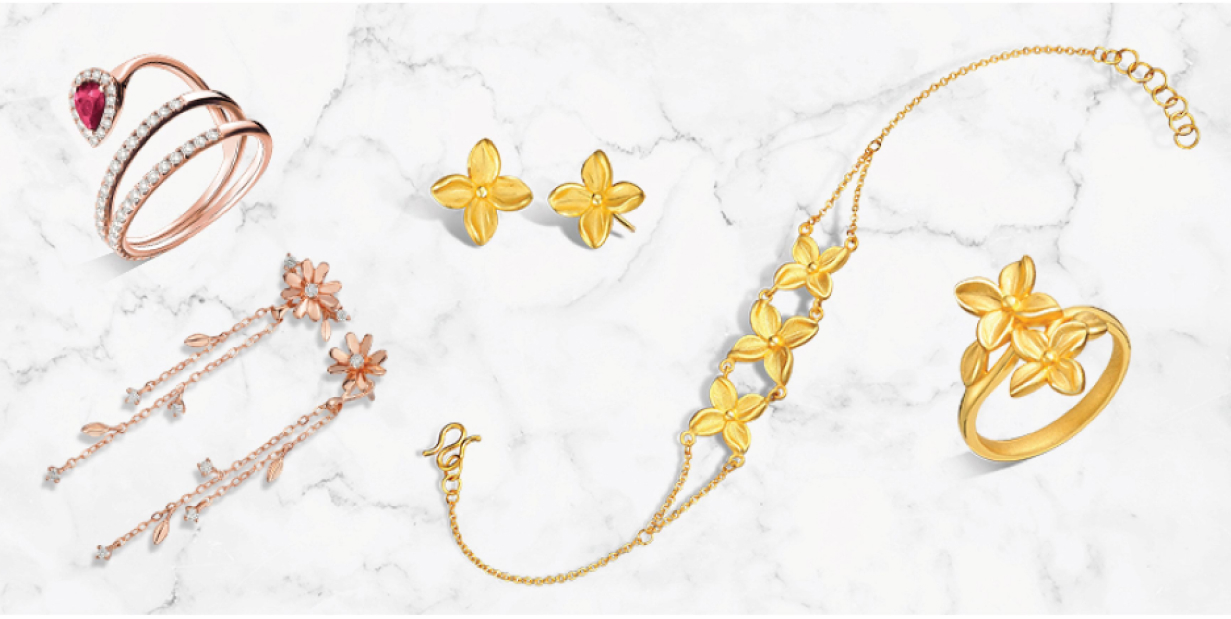
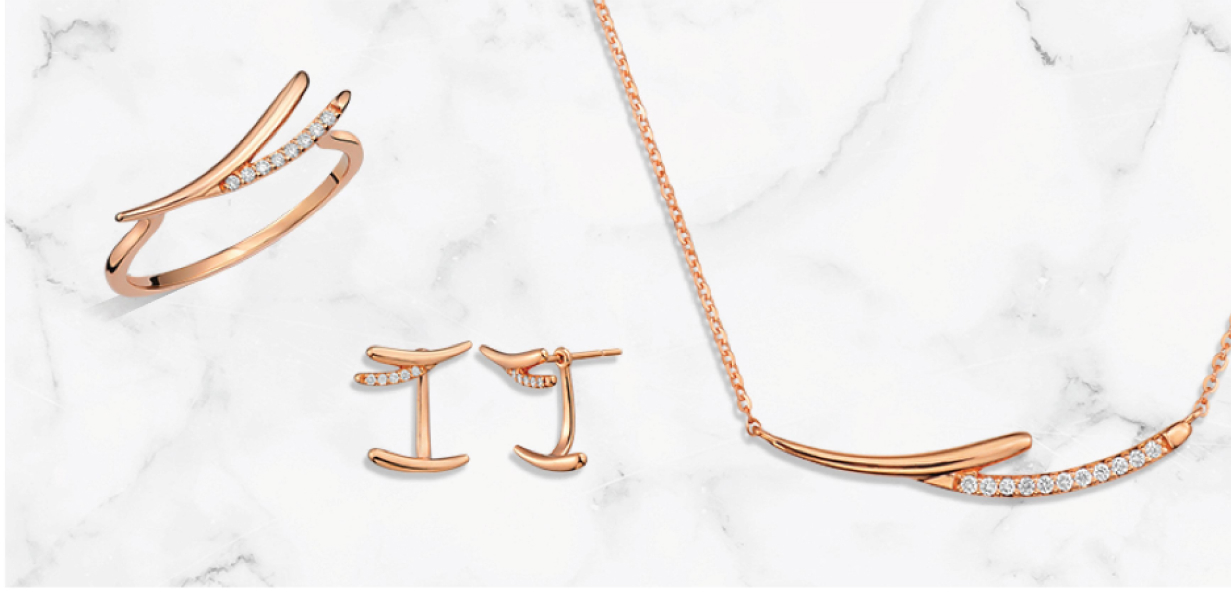
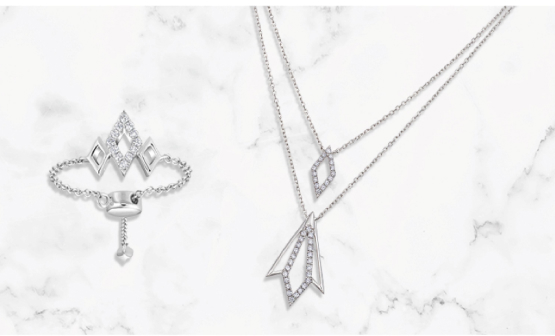
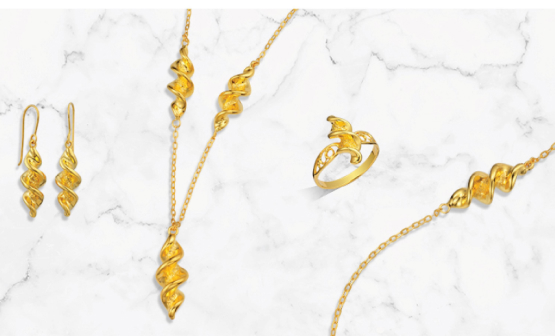

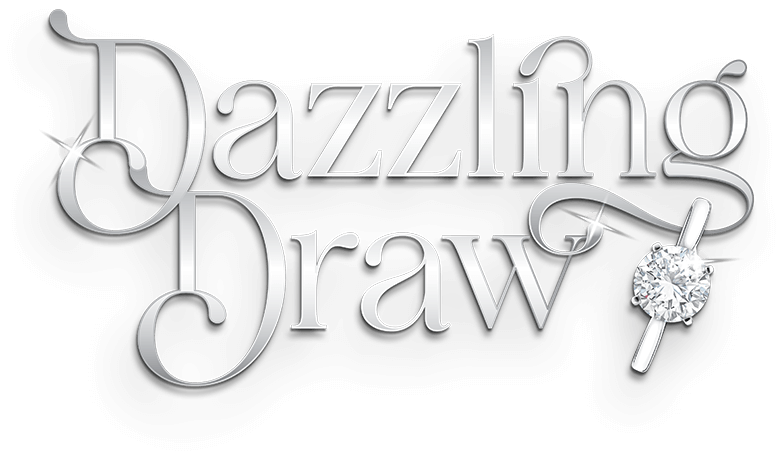
 916 Gold:
916 Gold: